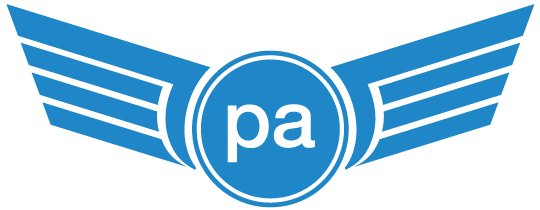Embarking on a career as a pilot involves a series of structured training programs and certifications. This in-depth guide will discuss the essential steps, licenses, and qualifications needed to become a pilot.
With your licenses and type rating in hand, you can apply to airlines for pilot positions, including first officer or co-pilot roles.
By following these steps, you will be well on your way to fulfilling your dream of becoming a pilot. It is essential to remain dedicated, focused, and adaptable throughout your journey, as the aviation industry is constantly evolving. With hard work, determination, and the right training, you can achieve a successful career as a pilot.
